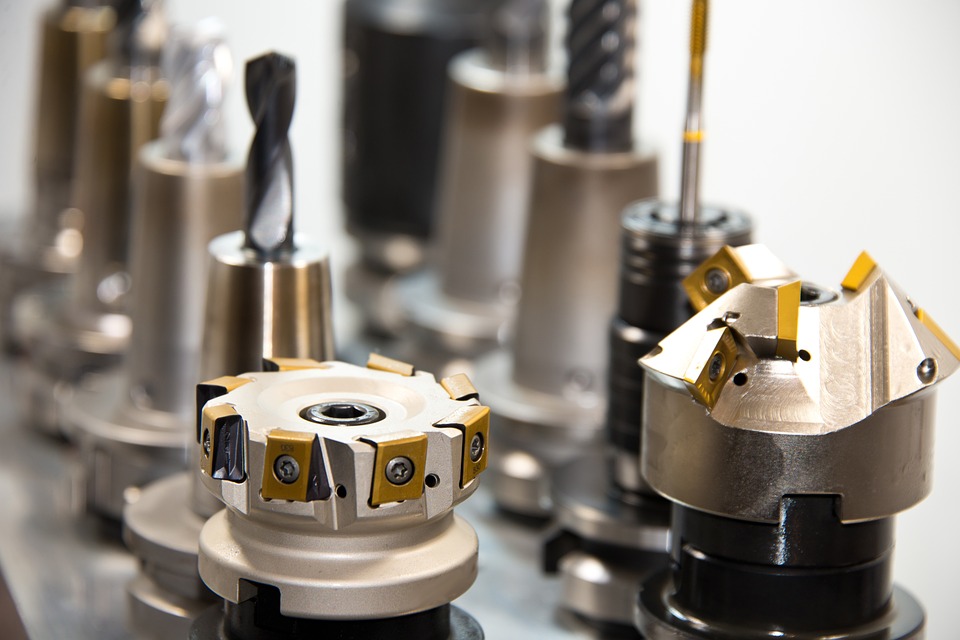
Rapid prototyping can be defined as a wide range of techniques used to manufacture a scale model of a physical part or assembly in a quick manner. Usually this is done with the help of CAD, also known as Computer Aided Design, and a type of metal 3D printing service, which can be achieved by an online CNC machine shop or 3D printing shop. However, in some instances rapid prototyping should be done by using a conventional process. These processes include both subtractive and compressive techniques. Still, these technologies are barely utilized. Instead, the four 3D printing methods explained below are often employed for rapid prototyping.
Selective Laser Melting
Selective Laser Melting is often referred to as powder bed fusion. This technique is frequently employed in order to manufacture complex and high-strength products. SLM is often used by the automotive, aerospace, medical, and defence industries. The process is based on powder bed based fusion and makes use of a fine metal powder. This is melted layer by layer in order to build prototypes, which is done with the help of a laser or electron beam.
Fused Deposition Modeling of 3D printing
Fused Deposition Modeling is an inexpensive process that is easy to use. It can be found in a lot of non-industrial desktop 3D printers. Material jetting, as FDM is called as well, employs a spool of thermoplastic filament. This is melted inside a printing nozzle barrel. This results in liquid plastic, which will be laid down layer by layer with the help of a computer deposition application.
Binder Jetting parts
By using Binder Jetting, it is possible to print one or multiple products at the same time. However, these parts will not be very strong. Binder Jetting utilizes a powder bed. Nozzles spray micro-fine droplets of a certain liquid onto this powder bend. This will be done to bond the powder particles together so a layer of the product will be formed. Each layer might then be compacted by a roller before the next one is laid down.
Selective Laser Sintering as a service
Selective Laser Sintering can be used for both plastic and metal prototyping. It again uses a powder bed. This is employed to build a prototype one layer at a time, which is done with the help of a laser as well. This namely needs to heat and sinter the powdered material. However, the strength of the products is again not very high with SLS. On top of that, the surface is often rough. Secondary work might be needed because of that.
